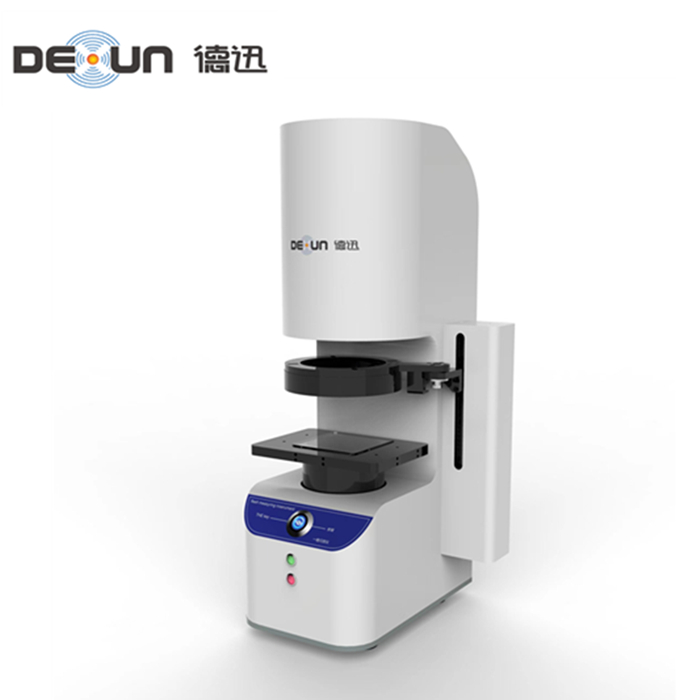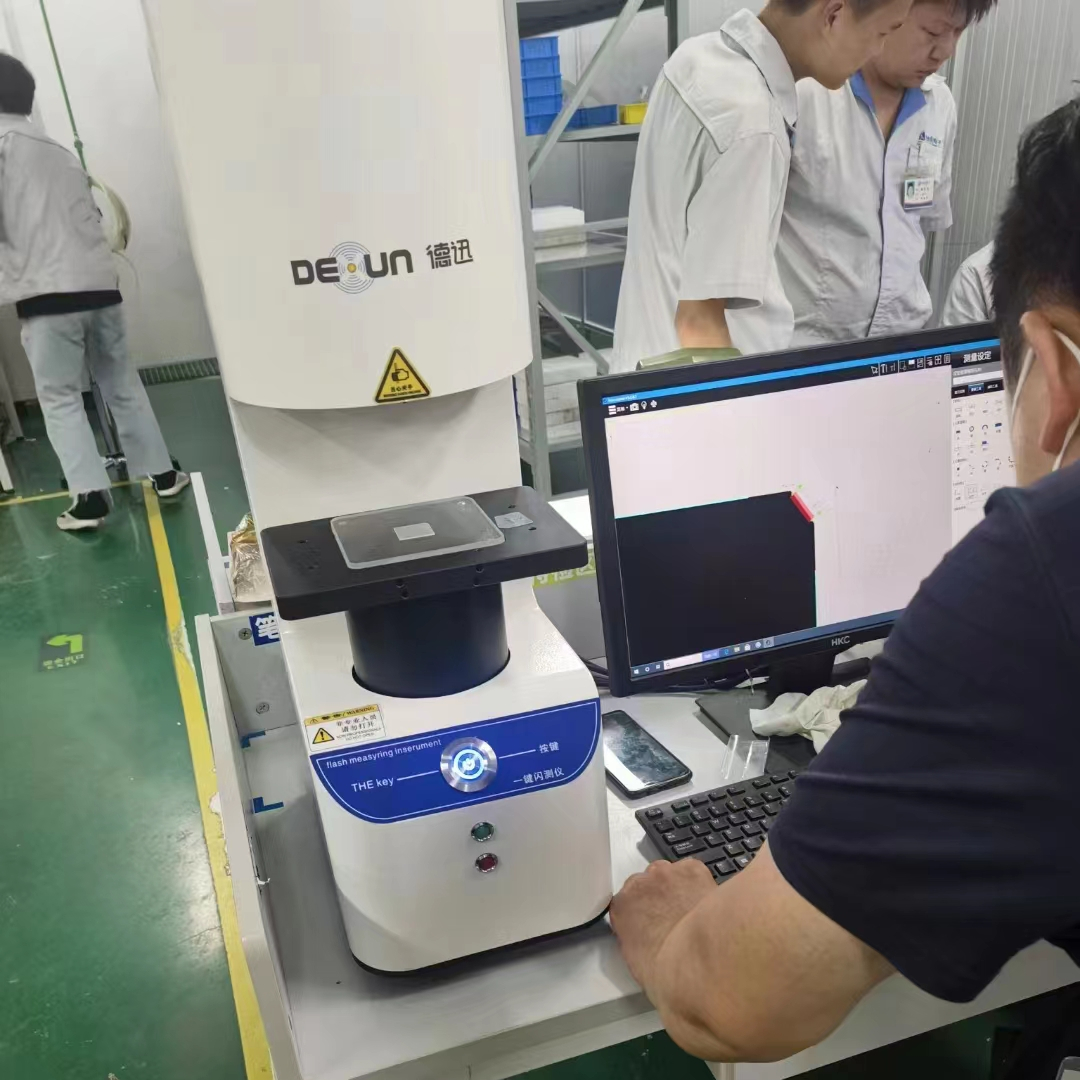Breeding Method 1. Seed Propagation Seeds are typically harvested in early September. Once the pulp has softened, they are thoroughly rinsed, and the pulp is carefully removed. The seeds are then subjected to a stratification process to enhance germination. Initially, the seeds are soaked for two days. After soaking, they are mixed with twice their volume of clean Xihe sand and water, and placed into breathable woven bags. These bags are then buried in a shallow pit that is slightly larger than the bag itself. The soil is packed firmly around the bag, forming a small hill above ground level to prevent excessive water accumulation. In the following spring, about one week before planting, the seeds are dug up and exposed to sunlight to increase the temperature to between 20-24°C. The moisture is maintained regularly, and the seeds are checked frequently. When the seeds begin to open rapidly, they are moved to a cooler environment at 0-2°C for further conditioning. Sowing should take place approximately one week after the last frost in the local area. Before sowing, the soil is prepared by selecting well-draining sandy loam and applying 1000kg of organic fertilizer per 667m². Beds are made with a height of 30cm and a width of 1m. Prickly pear seeds are small, weighing about 10g each, and can be either sown in beds or broadcasted. The sowing rate is 4kg per 667m². The bed should be moistened before planting, and after sowing, a 2cm layer of soil is used to cover the seeds, followed by gentle compaction. Seedlings usually emerge within 20 days, and they can be transplanted after two years of cultivation. 2. Asexual Reproduction (1) Cuttings Propagation In early July, young seedlings from the same year are collected. After morning dew has evaporated, they are kept moist and cut into cuttings indoors. Choose semi-woody shoots, cutting them to about 15cm in length, ensuring there are 2-3 buds on each cutting. The top cut is made just above a bud, while the bottom is cut at a slant. Approximately one-third of the leaves are removed. The cuttings are then soaked in a solution of ABT3 rooting powder at a concentration of 200*10^-6 for 1 hour, with the lower part submerged 4cm deep. The cuttings are inserted using an intermittent misting system. The propagation bed is circular, with a diameter of 12 meters, surrounded by bricks that are 30cm high. The substrate is layered: the bottom layer consists of 10cm of pebbles, the middle layer is 5cm of coarse sand, and the top layer is 10-15cm of river sand with a pH of 6.5-7. The center of the bed is slightly raised to accommodate the misting equipment. Approximately 600-700 cuttings are planted per square meter. During the initial stage, misting must be continuous, with nozzles operating every minute. As the cuttings develop root capacity, the misting intervals can be gradually extended. (2) Propagation of Rosa roxburghii This species exhibits strong tillering ability, producing numerous new shoots from its roots each year. In the fall, selected plants are dug up, ensuring that each ramet has its own root system. Each plant should have 3-4 shoots growing from the ground. The roots are pruned, and the main root is cut at a 45-degree angle. After overwintering, the seedlings are planted in the following spring. To protect them from cold weather, materials such as grass curtains are used for covering, and rodenticides are applied around the planting area to prevent damage from rodents. One-click Video Measuring Machine- Vertical
This equipment is widely used in electronic manufacturing, automotive manufacturing, mechanical processing, LCD displays, medical devices, industrial materials, aerospace, precision hardware, green energy, and other small-scale products and components for batch rapid measurement.
Instrument Introduction
Instrument functions One-click Video Measuring Machine- Vertical,One Button Video Measuring Instrument, Fast Vision Measuring Machine, Instrument Vertical Zhejiang dexun instrument technology co., ltd , https://www.dexunmeasuring.com
1. Ultra large field of view, no distortion, fully automatic, and high-precision.
2. Simply place the workpiece in the effective measurement area and lightly press a button to instantly measure all two-dimensional dimensions.
3. Any workpiece can be placed and multiple measured objects can be recognized simultaneously.
4. Any tedious measurement task becomes incredibly simple.
1. Automatic matching: For the same product, it only needs to be programmed once and automatically matched during measurement.
2. One click calibration: multi angle, full field of view, ensuring measurement accuracy.
3. Measurement function: any two-dimensional point, highest point, line, highest line, circle (center coordinate, radius, diameter, roundness, perimeter, area, maximum radius, minimum radius), arc, rectangle (center coordinate, length, width, perimeter, area), ellipse (center coordinate, major axis, minor axis, perimeter, area), keyway (center coordinate, length, width, perimeter, area), imported CAD contour scanning comparison, contour PV Area comparison, cylinder diameter, sealing ring (radius calculated through perimeter, maximum radius, minimum radius, thickness of sealing ring), measurement results recalculation (maximum, minimum, average, sum), QR code recognition, barcode recognition.
4. Contour scanning: Quickly scan contours and export DXF files.
5. Easy to use: easy to learn, use, and get started.
